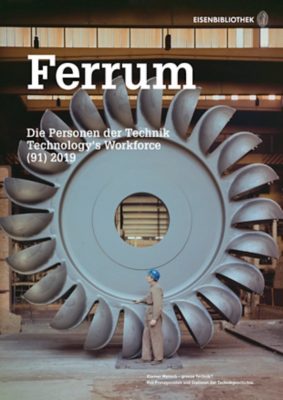Gerhard Dohrn-van-Rossum
Uhrmacher als Prototypen technischer Experten in der europäischen Vormoderne
Das Zusammenwirken technischer Kompetenzen bei den Ingenieuren der Renaissance
Uhrmacher wurden über lange Zeit als prototypische Maschinenbauer der frühen Industrialisierung angesehen. Uhrwerke aller Art finden sich häufig unter den von den «Renaissance-Ingenieuren» des 15. Jahrhunderts konstruierten oder entworfenen Maschinen und Mechanismen. Ihre Uhrwerke waren nicht nur als Zeitmesser sensationelle technische Innovationen. Sie wurden auf längere Sicht auch zur Grundlage vielfältiger Folgeinnovationen.
This article has been published in German. English Abstract:
Clockmakers as prototypes of technical experts in pre-modern Europe
The interaction of technical skills among Renaissance engineers
Clockmakers were long regarded as the prototype of mechanical engineers in the early industrial age. Clock movements of every kind are frequently found among the machines and mechanisms devised or designed by Renaissance engineers in the 15th century. Their clocks were sensational technical innovations not only as timepieces, but also as the basis for a wide range of innovations that were to follow.
